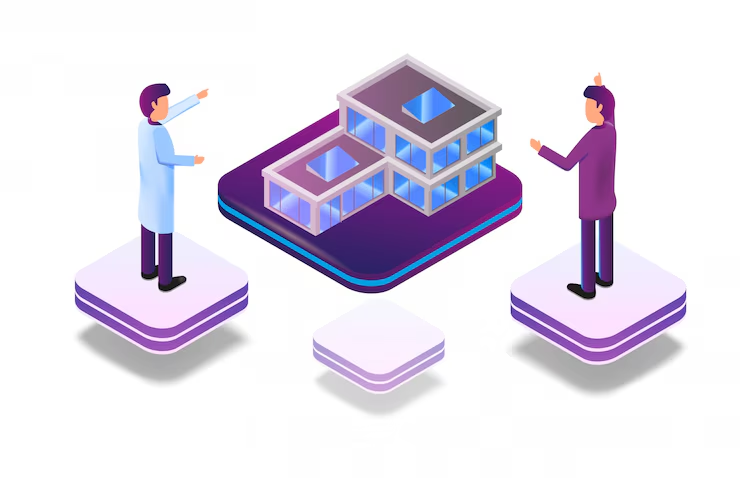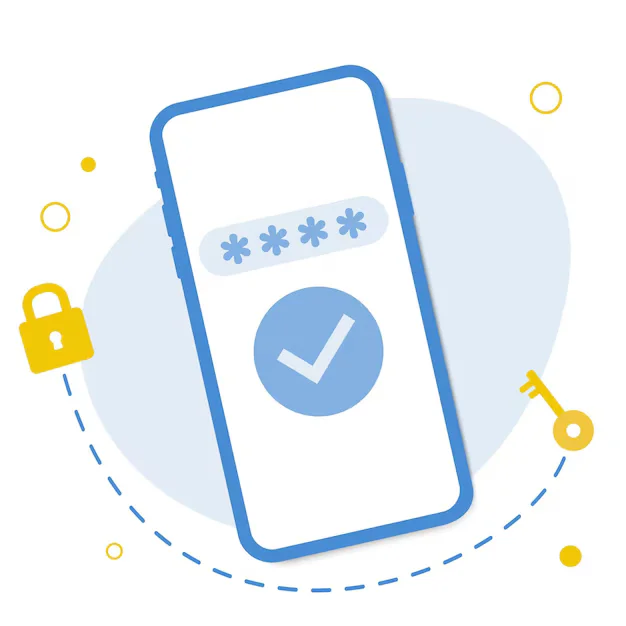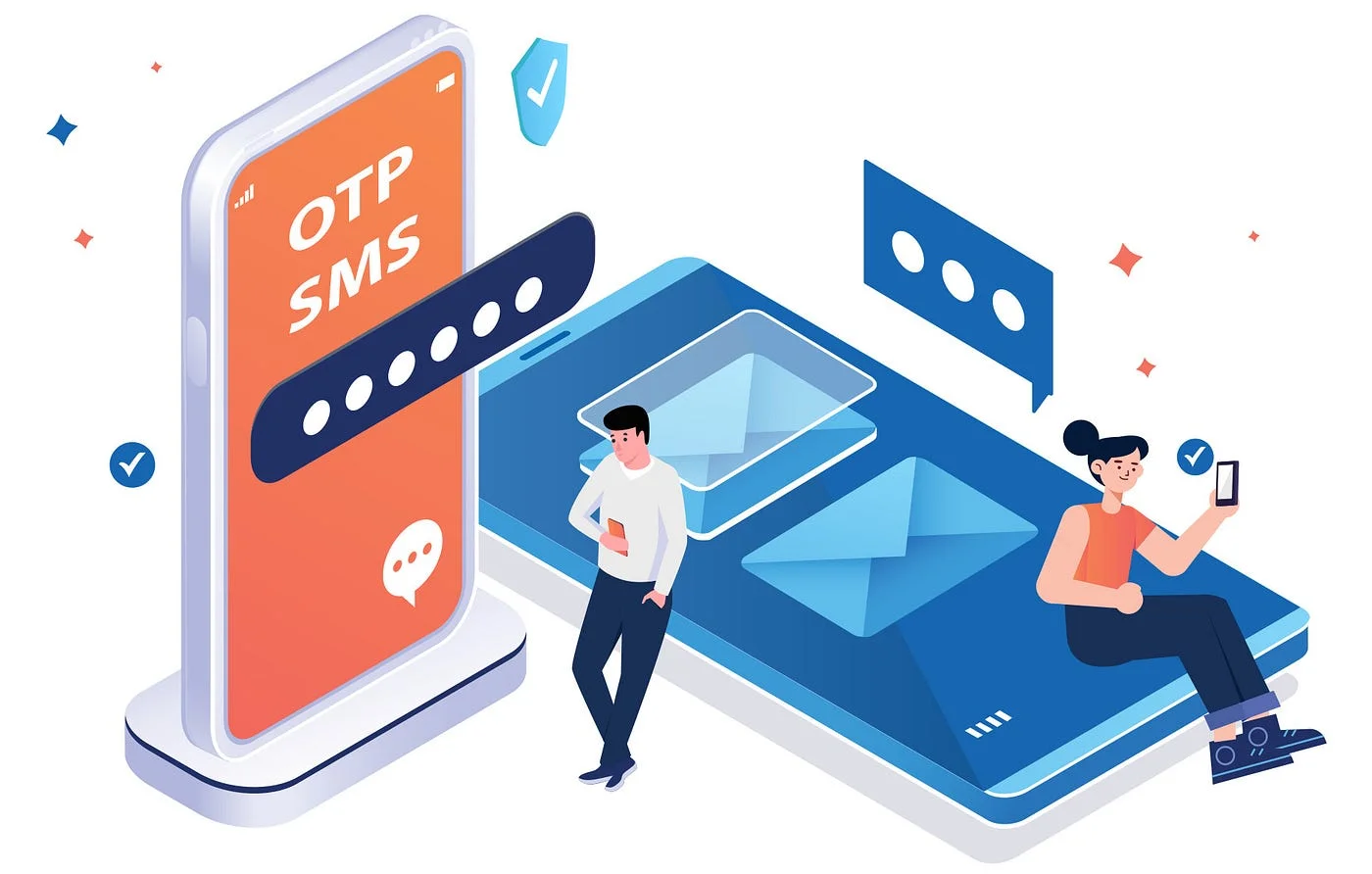Flutter Clean Architecture is a software design approach that separates concerns by organizing code into layers like Presentation, Domain, and Data. This structure enhances code readability, scalability, and testability. It helps developers manage complex app features while keeping the codebase maintainable. Clean Architecture also encourages dependency inversion, making the core logic independent of external libraries. This approach is ideal for building robust, long-term Flutter applications.
Understanding Clean Architecture in Flutter
Clean Architecture separates UI, domain, and data layers, making code more testable and maintainable. In Flutter, it improves project structure by enforcing boundaries. This guide walks you through how to adopt it efficiently. Learn how each layer communicates while maintaining low coupling. We’ll explore examples, folder organization, and dependencies. Ideal for large-scale apps and team-based development.
Folder Structure for Flutter Clean Architecture
Proper folder structure is key in clean architecture. This post outlines the ideal way to organize your presentation, domain, and data layers. We explain how each folder plays a specific role and avoids spaghetti code. Learn naming conventions, file grouping, and modular organization. A clean project structure helps scalability and developer onboarding. You’ll get a ready-to-use structure example too.
Creating Use Cases in Flutter: Best Practices
Use Cases handle application-specific business logic. In Clean Architecture, they reside in the Domain Layer. This post explains how to write and test reusable use case classes. You’ll learn how to inject dependencies and return results using Either and Result types. We cover examples for login, fetching data, and saving user info. Proper use cases improve testability and abstraction.
Separating Concerns in Flutter: UI vs Logic
In Clean Architecture, separation of concerns is a fundamental principle. Learn how to isolate UI components from business logic and data handling. This guide explains how Flutter widgets should only focus on rendering. Logic is delegated to Use Cases and Repositories. Discover the benefits of clearer code, easier testing, and improved performance. Ideal for production-grade applications.
Implementing Repositories in Flutter Clean Architecture
Repositories abstract your data sources in Clean Architecture. This post teaches you to create interfaces in the domain layer and implement them in the data layer. You’ll see how to handle multiple sources like APIs and databases. Learn dependency injection with GetIt or Riverpod. Repositories are key for testability and decoupling your app from data source specifics.
Handling State Management with Clean Architecture
State management in Clean Architecture must follow layer separation. This article explains how to use Bloc, Riverpod, or Provider effectively in the presentation layer. You’ll see how to map Use Case outputs to UI states. Understand how to handle loading, error, and success states cleanly. This improves user experience and code clarity. Ideal for apps needing robust UI control.
Dependency Injection in Flutter Clean Architecture
Dependency injection simplifies testing and architecture separation. Learn how to configure GetIt or injectable in your Flutter project. We’ll show you how to bind services, repositories, and use cases correctly. This avoids tight coupling and supports inversion of control. Proper injection reduces boilerplate and improves modularity. A must-have for Clean Architecture setups.
Testing in Flutter Clean Architecture
Clean Architecture enables easier testing. This guide explains how to write unit tests for Use Cases, Repositories, and Widgets. You’ll learn how to mock dependencies, use mockito and bloc_test, and verify business logic. Clean separation makes each layer independently testable. This post includes code samples for test-driven development (TDD). Elevate your app’s reliability and maintainability.
Domain-Driven Design in Flutter Apps
Clean Architecture and Domain-Driven Design (DDD) go hand in hand. Learn how to model real-world business logic using entities, value objects, and use cases. This approach keeps your code aligned with business requirements. We explore how to isolate domain logic from external frameworks. A DDD mindset leads to highly adaptable and robust Flutter applications.
Migrating Existing Flutter Projects to Clean Architecture
Want to upgrade your old project to Clean Architecture? This step-by-step guide helps you refactor without breaking things. We walk through analyzing your current code, identifying layers, and modularizing components. Learn the benefits of incremental migration and testing during transition. Get tips to avoid common pitfalls. Turn your legacy code into a maintainable codebase.
Building Scalable Flutter Apps with Clean Architecture
Clean Architecture is perfect for scalable apps. This article focuses on designing Flutter projects that handle future features and large teams. Learn patterns for modularization, package splitting, and dependency control. We discuss app growth challenges and how clean code helps. Reduce tech debt and improve collaboration from day one. Scalable apps start with a solid foundation.
Using DTOs and Mappers in Flutter Clean Architecture
Data Transfer Objects (DTOs) and Mappers help convert API data into usable domain models. This guide explains how to keep your domain logic independent from data sources. You’ll see examples of converting JSON to entities and vice versa. Learn where to place mappers and how to structure them. Proper data transformation is vital for clean separation and maintainability.
Advantages of Clean Architecture in Flutter Development
Why should developers adopt Clean Architecture? This post outlines the benefits: maintainability, scalability, testability, and clarity. We compare it with traditional approaches like MVC or MVVM. Learn how it aligns with SOLID principles. Real-world examples show long-term value. Clean Architecture isn’t overkill—it’s the smart choice for serious Flutter apps.
Error Handling in Clean Architecture
Error handling becomes more manageable with a layered structure. This post covers how to use Either, Result, and custom exceptions across layers. Learn to return meaningful errors from Use Cases and map them to UI-friendly messages. Proper handling improves user experience and reduces bugs. Keep your logic predictable and easy to debug with structured error flows.
Integrating APIs in Flutter the Clean Way
API integration can get messy, but not with Clean Architecture. This blog post walks through creating RemoteDataSource, Repository, and UseCase for network calls. We show how to manage responses, errors, and data mapping cleanly. Learn to keep APIs in the data layer and avoid direct use in UI. Clean API integration makes future backend changes safer.







